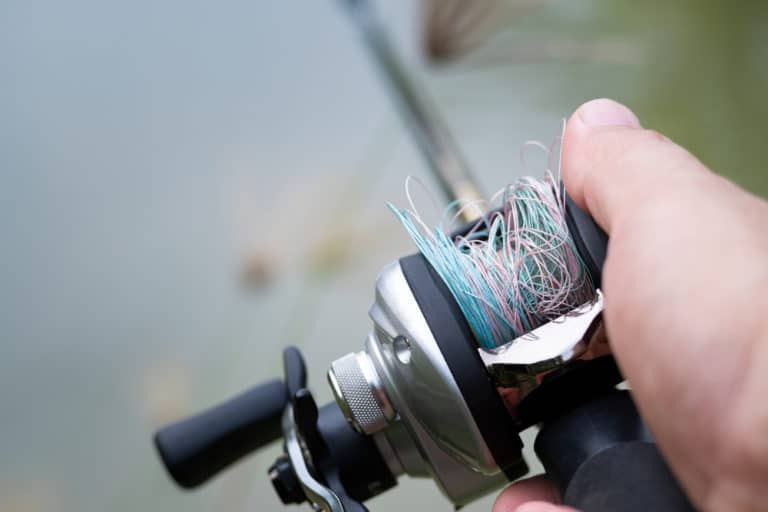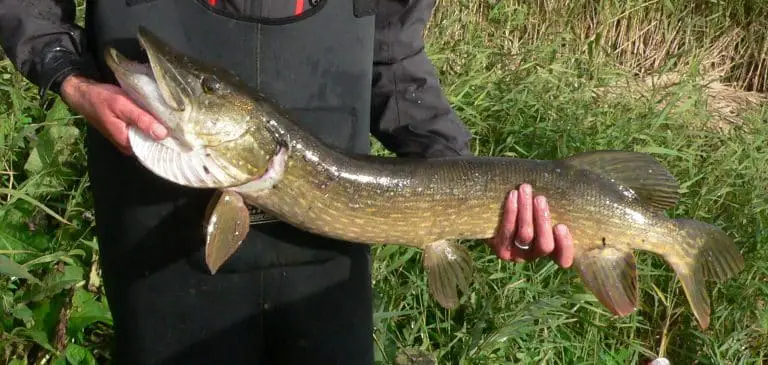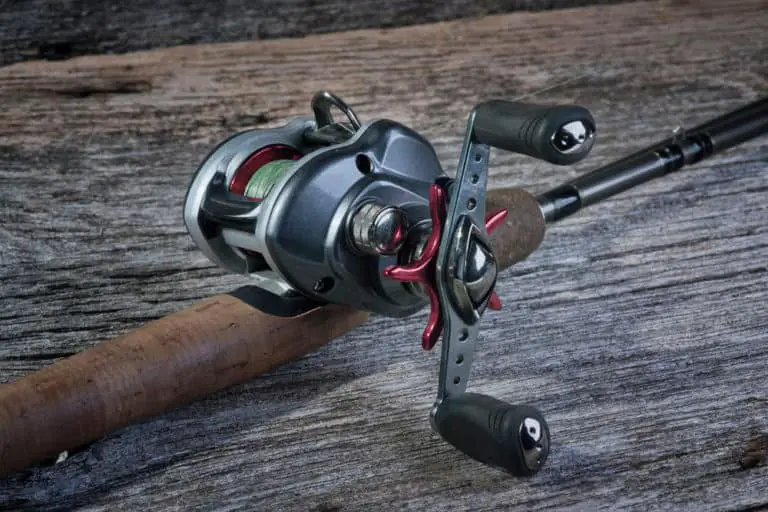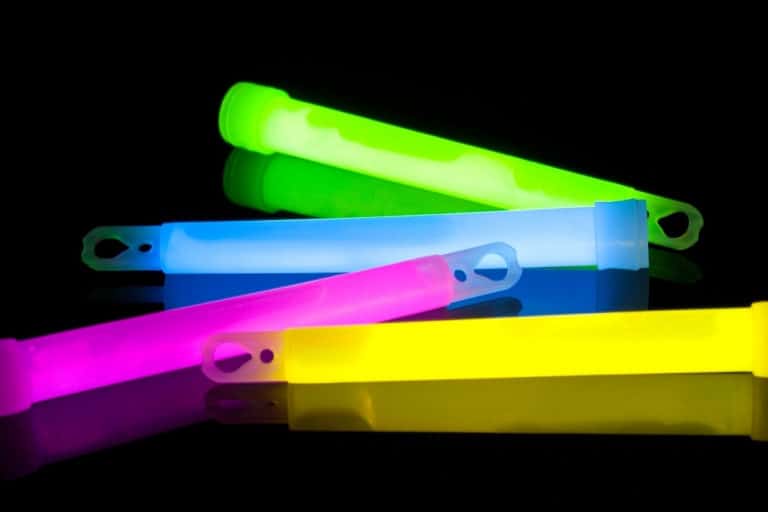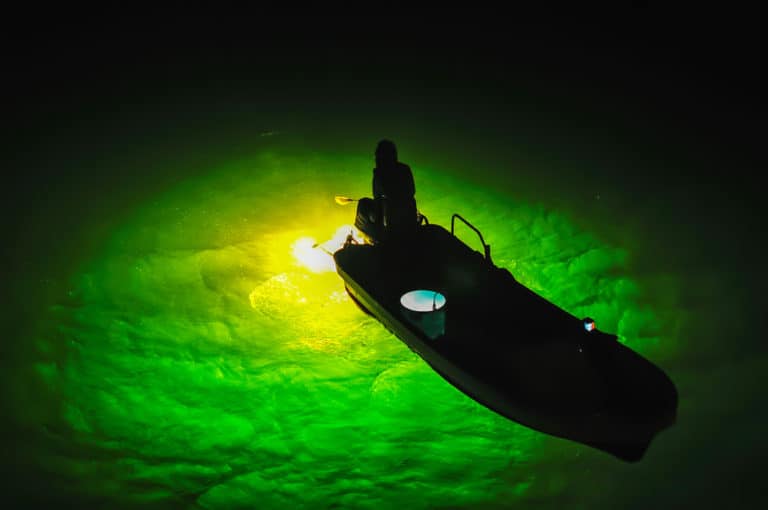The Best Monofilament Fishing Line In 2025 – Review & Buyers Guide
Monofilament fishing lines are arguably the most popular go-to choice for a fishing line amongst anglers in all forms of fishing.
This is largely due to the quality of the fishing line in comparison to the cost. You always feel like you’re getting more for your money. If you want to produce better results whilst fishing, you’ll want to choose the best monofilament fishing line possible.
Whilst it’s the most popular fishing line, it’s difficult to make a decision on which to buy due to the huge number of monofilament filament fishing lines out there.
This article has been produced after hours of extensive research, so you don’t have to look around too long. We hope this monofilament fishing line review and buying guide helps you make an informed choice.
After the product reviews, we will also cover the different line types and what features you should look out for whilst shopping for a mono fishing line.
First we’ll go over our 5 favourite mono fishing lines!
Quick view the best mono fishing line:
- Editors Choice: Stren High Impact Monofilament Fishing Line
- Our Top Pick: KastKing DuraBlend Monofilament Leader Line
- Best Budget Pick: KastKing World’s Premium Monofilament Fishing Line
Table of Contents
5 Best Monofilament Fishing Line Reviews:
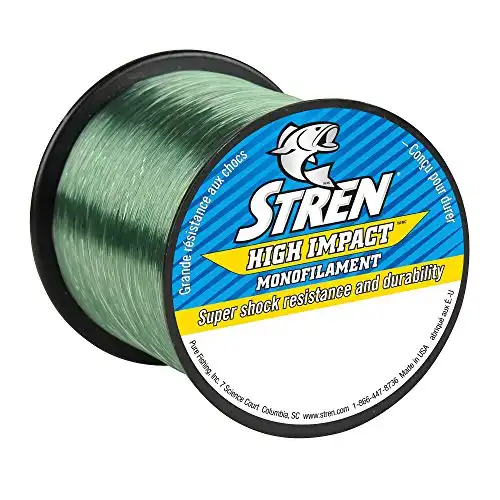 Stren High Impact Monofilament Fishing Line
Stren High Impact Monofilament Fishing Line
This Stren mono fishing line takes our editor's choice spot due to all of the features it excels in. Overall it is an excellent line for you to use in both freshwater and saltwater.
Stren High Impact monofilament fishing line comes highly rated in a range of different sizes and colors, allowing you to choose the best option for the fish you want to catch and the location you are fishing in.
Ranging from 10lb strength to 30lb, and available in clear, smoke blue, and both low-vis and high-vis green, it’s easy to find the best fishing line for your situation.
This line has shock resistance, great for being able to fight against line-punishing gamefish and perfect for saltwater fishing. Overall, this is a great example of a quality monofilament line that performs exactly as you need it to!
Key Features:
- Great castability
- Extremely strong
- Great abrasion and shock resistance
- Plenty of color options
- Can withstand harsh conditions
- Has high sensitivity
- Superb clarity, excellent transparency for ultra-low visibility
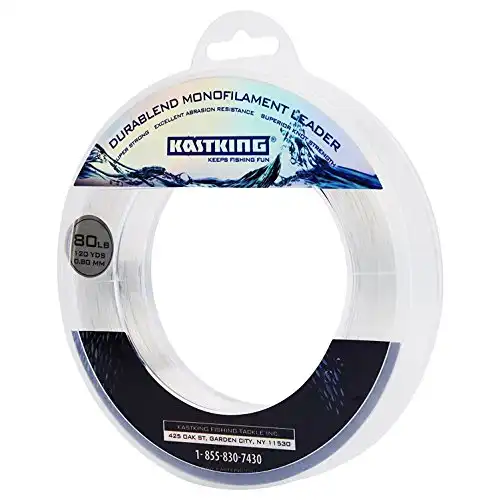 KastKing DuraBlend Monofilament Leader Line
KastKing DuraBlend Monofilament Leader Line
This fishing line is a monofilament leader line, which means it is attached to the business end of your fishing line. It is the section of line which connects all of your lures, baits, and jigs, etc. to your main section of fishing line, it's especially important that leader lines have high knot strength, great abrasion and shock resistance, and low visibility in the water.
If you’re looking for a great monofilament leader line then this might be the perfect product for you! Another high-quality product from KastKing who we've featured many times on this site, this line has a high degree of fighting power due to its strength and shock resistance.
Delivering extreme fighting power, KastKing DuraBlend Mono Material features great shock strength, excellent abrasion resistance, and high knot strength. Also, the DuraBlend Mono offers great properties that all anglers expect in a high-quality mono line such as low stretch and outstanding clarity in the water.
Many customers give feedback on the ultra-high knot strength, and the ability to not break under extreme stress - at least you won't have to worry about losing your lures and rigs!
The smaller diameter allows you to spool more mono fishing line onto your fishing reel ensuring you have enough line distance for any catch.
This fishing line well deserves our top pick, we're sure that it will serve you very well on your fishing trips.
Key Features:
- Extremely strong
- Great abrasion and shock resistance
- Very Transparent for ultra-low visibility
- Small Diameter
- High knot strength
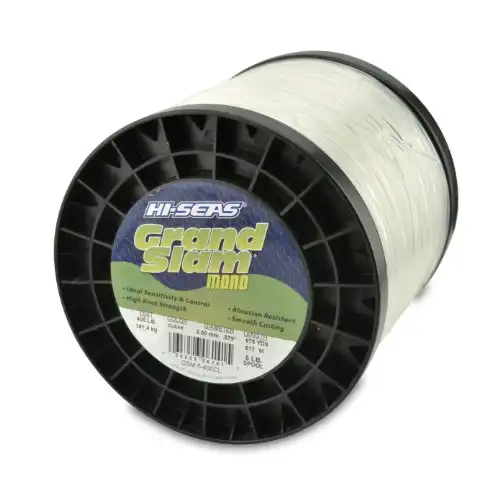 Hi-Seas Grand Slam Monofilament Fishing Line
Hi-Seas Grand Slam Monofilament Fishing Line
If you’re looking for a high degree of sensitivity and control from your line, then this product from Hi-Seas is one of the best on the market in our opinion.
You will be able to feel your catch straight away, which will allow you to guide it accurately all the way through the water back to shore or to your boat.
As well as high sensitivity and control, with this monofilament line, you also get a high knot strength and high abrasion resistance, which gives you everything you need from a line.
This versatile line provides a smooth cast increasing your overall cast distance and accuracy.
Overall we think this mono line is an overall excellent choice for your fishing bag.
Key Features:
- High Sensitivity
- Great abrasion and shock resistance
- Smooth casting and control
- Small Diameter
- High knot strength
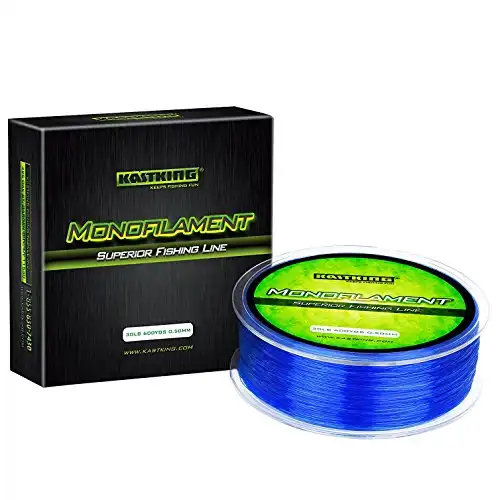 KastKing World's Premium Monofilament Fishing Line
KastKing World's Premium Monofilament Fishing Line
KastKing is well-known for producing high-quality products, and this monofilament line is no different. One of the most highly rated on the market, this fishing line comes in a whole
range of different sizes, strengths, and colors, so you can pick the perfect one for your fish, location, and weather condition.
This fishing line has been designed to not sink into the spool and take up less spool memory.
Many users report on the fact that the line is very supple and soft making it easier to tie intricate knots and make long-distance casts.
It’s a very strong line with a high amount of abrasion resistance. Perfect for bass, trout, crappie, and even saltwater fishing.
Key Features:
- Anti-sinking design
- Big range of strength and color
- Smooth casting and control
- Supple line, knots are tied easily
- High knot strength
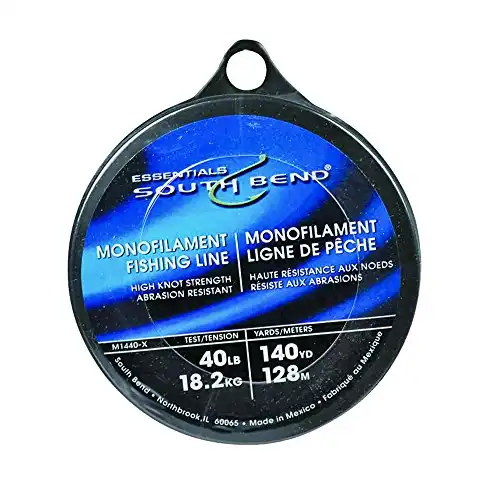 South Bend Monofilament Fishing Line
South Bend Monofilament Fishing Line
South Bend monofilament fishing line comes in a clear color which is ideal for a large variety of fishing types as the line will blend into the surroundings and can look invisible to surrounding fish.
It comes in a range of sizes from 4lb to 30lb and you also have the option of buying a pack of one, two, or four.
The line has a high amount of knot strength so you will be able to tie any lure you need. It is abrasion-resistant too, allowing you to cast your line out into rocky areas with the confidence that your line isn’t going to snap.
Key Features:
- Smooth casting and control
- Supple line, knots are tied easily
- High knot strength
Monofilament Fishing Line Buying Guide
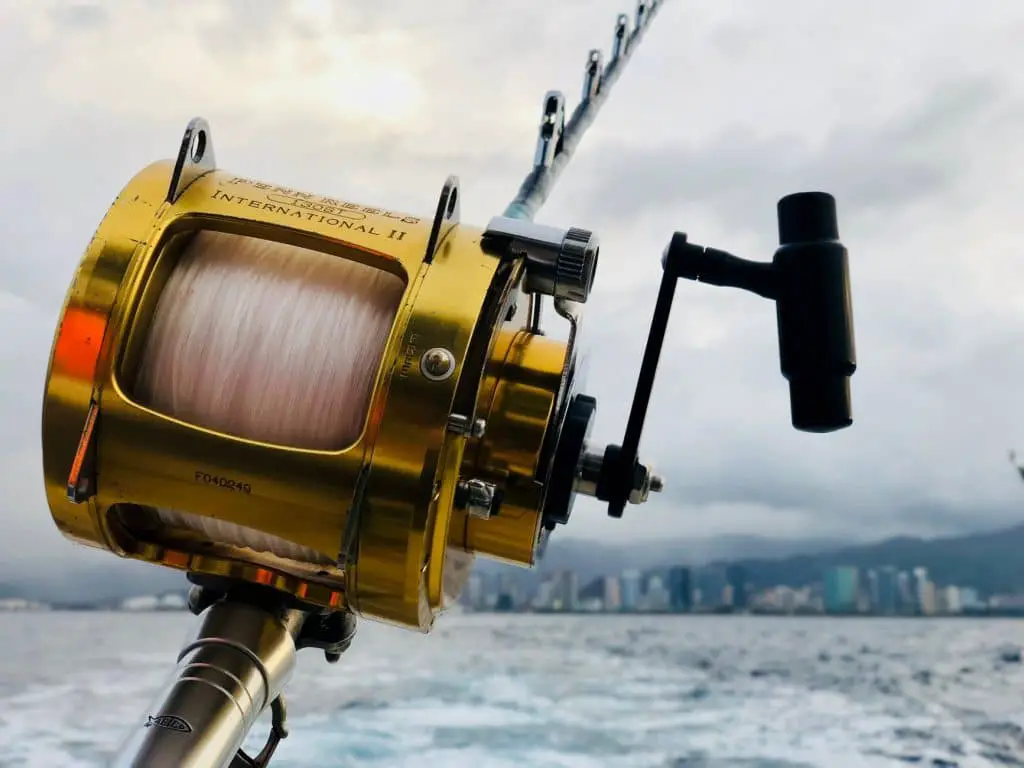
In my opinion, it’s always worth investing slightly more money into a high-quality fishing line, for a few reasons. The first is it’s not just the cost of the line you might lose if you snap the line, you will also lose all of your bait, lures, rigs, etc. The second is the performance, picking a higher quality line will usually give you a fishing line with better sensitivity making it easier to detect when you have got a bite.
Another good point is the visibility/transparency, better fishing lines are usually more transparent making it harder for the fish to see the line and getting put off the bait.
So let’s get into how you can pick the right line for your technique, fish, reel, and water type:
There is 3 main types of fishing line:
- Braided Fishing Line
- Fluorocarbon Fishing Line
- Monofilament Fishing Line
What to Consider When Buying a Mono fishing Line – Top 5 Points
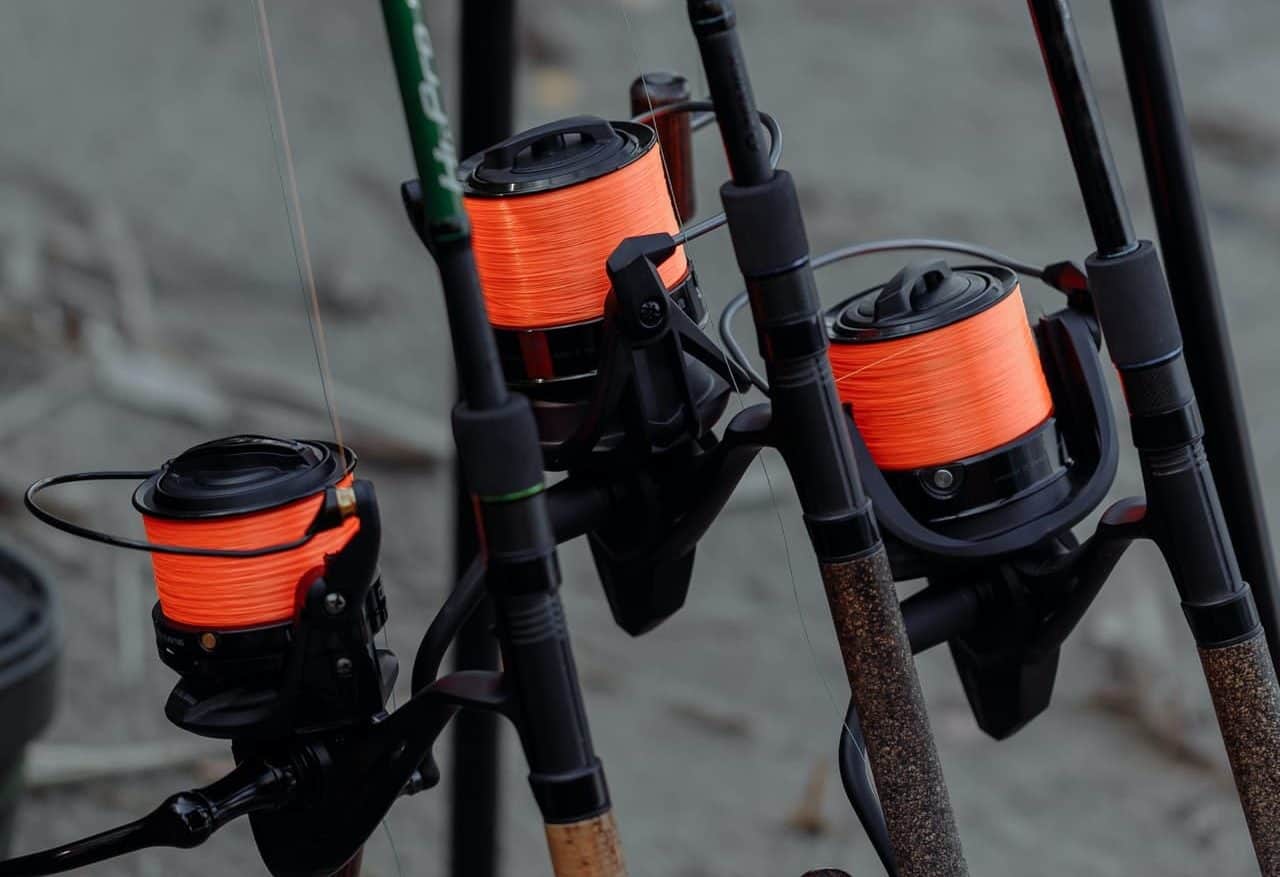
There are some key features you should look into before buying your monofilament fishing line. But remember it all comes down to what type of fishing you are doing. For example, if you are jigging in deeper water, you’ll want to choose a line with a lower stretch for higher sensitivity. Whereas if you are casting a crankbait you might want a mono fishing line with a higher amount of stretch.
1. Fishing Line Strength
If you’re only fishing for smaller species of fish such as Crappie and flatfish which don’t put up much of a fight then you won’t need a higher pound test fishing line, so that shouldn’t be your first priority. However, if you want to catch bigger fish that put up more of a fight then you’ll want a stronger fishing line.
You can match the pound test strength to the weight of the fish you’re trying to catch on line test charts. I would always opt for the next strength up to ensure you don’t risk breaking your line and losing your equipment if you catch a slightly bigger fish.
You can also prevent the snapping of your line by being careful where you cast it, try to stay away from sharp rocks, wood and foliage.
2. Line Diameter
Diameter, simply put is the width of the fishing line. If you can get a smaller diameter, this is usually favored as the line won’t be as visible to the fish, you can spool more line onto your reel, further castability, better lure action and it usually sinks quicker.
However, it’s really important to remember that you shouldn’t sacrifice strength, abrasion resistance, knot strength, etc. purely for a smaller diameter line.
Your decision on picking a monofilament fishing line should try to always be the best balance between the key features and how they fit into your fishing style.
3. Line Stretch
Line stretch is essentially what it says on the tin. Your lines ability to stretch whilst under stress. With a high stretch line you would expect it to stretch and bend instead of instantly snapping – often commonly referred to as line forgiveness. However if the line has too much stretch then it will affect the sensitivity of the fishing line and you might not be able to tell instantly when you have gotten a bite from a fish.
Another thing worth mentioning about line stretch is your fishing style, if you’re casting from a kayak or boat and letting the bait sink and hold steady whilst waiting for a bite then you’ll need a line with very low stretch and high sensitivity so you can quickly see when you have gotten a bite. If you are spinning with lures and topwater baits then i’d opt for a fishing line with more stretch as your line will need the extra forgiveness to deal with the shock of a fast strike from a fish.
4. Line Memory
Most anglers will agree that a line with a higher memory is bad. When you take a line out of the packaging and it is still curled up – that is the memory holding it’s shape. Overtime a line with low memory, when the weights and bait are tied to the end will loosen out. A line with higher memory is more prone to tangle your reels and rods, also instead of sinking it will often float on the top of the water.
5. Line Color
You almost always want to choose a fishing line with the least visibility in the water. In clear water you’ll want a transparent clear line so the fish cant see it. You can also opt for a blue/green fishing line depending on the color of the water.
There is a few cases where you will want an ultra-bright line, for example ice fisherman opt for a bright line so they can see the line in deep water and look out for bites and movement.
Why Would You Use Monofilament Line for Spinning Reels
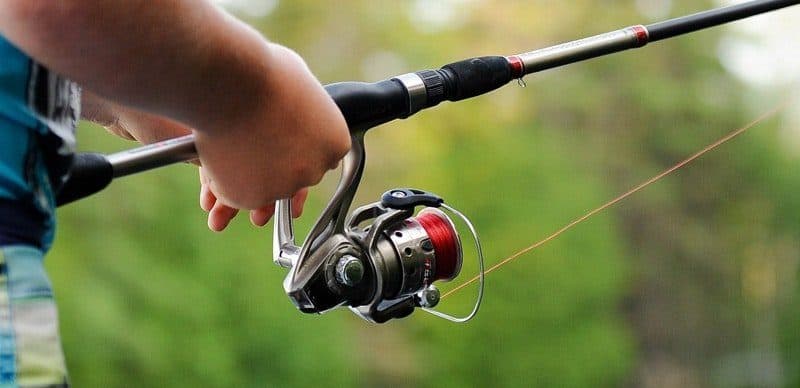
There are a few reasons why you you might want to opt for using a monofilament fishing line for your spinning reel over other types such as braided or fluoro lines. We agree that any of the mono lines we have listed in our review would also be the best monofilament fishing line for spinning reels you could buy.
The first reasons is the decreased visibility of monofilament fishing lines. Decreased visibility of the line means fish are less likely to see the line in the water and less likely to be put off by it.
Monofilament lines are made up of a single transparent strand which makes them less visible whereas lines such as braided fishing lines are usually made up of 4 to 8 strands braided together to form one line, making them much easier to see in the water.
The second reason that monofilament lines are the best for spinning reels is that they are notoriously good for tying strong knots, this is due to the smaller diameter compressing itself in the knot creating a tight bond. Whereas braided lines tend to have a slicker surface meaning the line can easily slide along itself in a knot and fail.
The third reason is that monofilament line usually has a little more stretch, which can actually have a big advantage while spinning.
More stretch means more elasticity under pressure. If you are spinning your lure through the water and you get a hard bite, there will be rapid stresses placed upon the line.
If you use a line with no stretch, the shock of the bite can cause the line to quickly snap. However, using a line with more stretch and forgiveness can relieve some of the pressure from the bite and prove to be the difference between catching or losing a fish.
The Advantages and Disadvantages of Mono Fishing Lines
Benefits of Monofilament Fishing Line
- Usually easier to handle/manipulate
Monofilament fishing line is softer and more flexible than other lines such as braid, this makes it much easier to tie knots with and create your rigs with.
- More Shock Absorption
The extra stretch you get from a monofilament fishing line absorbs the shock from a quick bite, this prevents your line from snapping or you pulling the hook through the fish’s mouth. When the pressure is released from the line, it returns to its original shape.
- More durability around rough areas
Monofilament line is made up from a single strand, this means it is smoother and less likely to snag and rub against object such as wooden piers and rocks, where as a braided line will fray and eventually wear down until finally snapping.
- It has good buoyancy
Monofilament line is said to be neutrally buoyant, meaning its great for spinning with topwater lures.
Drawbacks of Monofilament Fishing Line
- It absorbs water, which essentially makes the line ‘looser’ and softer when it is under the water – this might not be favourable in some situations.
- It has high stretch, whilst this is great for spinning top water lures, if you are fishing from a boat you will struggle to detect sensitive fish.
- When compared to braided line it is generally the weaker of the two, meaning you will need a larger diameter mono line to achieve a similar strength.
- Mono fishing line weakens over time when it is exposed to UV light. You should always check the condition of your line before you begin fishing.
When to Change Monofilament Fishing Lines
One of the biggest issues with buying large amounts of monofilament fishing line is that it has a shelf life. Whereas braided fishing lines can last for several years if you store them in the right conditions.
A mono fishing line can only be stored for 2-3 years before it shouldn’t be used on your fishing trip. If a mono line is left too long in the packaging it will ruin the line’s memory and you’ll struggle to get it straight again, leading to problems with your reel and your casting.
If you have fished with your line, you won’t want to leave the line spooled onto the reel for too long.
The very slight stress cracks and abrasion marks caused by fishing will eventually grow larger due to the stresses applied to the line if it is wound tightly around your reel.
It really does depend on how frequently you go fishing. I would always try to change my reel line 2-3 times per year if I’m fishing frequently. It’s better to be on the safe side!
Monofilament Fishing Line FAQs
1. What is a mono fishing line?
A monofilament line is a single-stranded fishing line produced from a mixture of polymers that are heated until fluid and then extruded through small holes to produce the long strand.
2. What is a mono fishing line made of?
Mono lines can be produced from a wide variety of polymers. The most common is nylon, usually different forms of nylon are heated and combined together to produce a blend which affects the strength, stretch, memory and abrasion resistance of the fishing line.
3. Do monofilament lines float in water?
Yes, mono fishing line is very buoyant, it floats on top of the water. This is why they are sometimes preferred for spinning top water lures.
4. Is fluorocarbon or monofilament better?
To be honest there isn’t a right or wrong answer here as a lot of it comes down to personal preference. Either line can be used to suit different needs and conditions.
Fluorocarbon is generally the more pricier of the two. However some anglers prefer it due to its increased abrasion resistance and strength which make it perfect for fishing in very rocky conditions. It also doesn’t absorb water like mono line and therefore doesn’t become softer in the water.
On the other hand mono fishing line wont sink like fluorocarbon. and it has higher stretch properties which prevents it snapping under rapid load.
5. What length of a line should I put on a spinning reel?
This all depends on your fishing style and location. Usually for saltwater fishing anglers will put about 2-300 yards on their reel, for freshwater anglers opt for about 150-200 yards.
Conclusion
We hope that all of the above information and the monofilament fishing line reviews will help you get the one that suits your style of fishing and needs. If you enjoyed our review and want to know about other fishing lines then we have a review on the best-braided fishing lines for spinning reels.
In my opinion, you should always choose the best monofilament fishing line as you never want to lose the lures and rigs you have attached to the end of your line, a bigger upfront investment will save you more money in the long run. The better line will also last much longer if you are a frequent fisher.
There’s no saying that the fishing line is up there with the most important pieces of kit in your tackle bag. Consider getting the right mono line with low visibility, high strength, small diameter, and good abrasion resistance.
Related Fishing Posts:
- How To Adjust A Baitcaster
- Magnetic Vs Centrifugal Brake Baitcaster
- Baitcaster Brake Vs Spool Tension
- Do Underwater Lights Work For Ice Fishing?
- Does Gulp Work For Ice Fishing?
- How To Dress For Ice Fishing
- Using Glow Sticks For Ice Fishing
- 10 Best Ice Fishing Pants
- 10 Best Ice Fishing Lures For Bass
- Level Wind Reel vs. Baitcaster

